As ever, it’s important to recognise the power of voice and influence we have as investors and exert it in a manner that creates change without being too heavy handed. One bold recent example is the Jewish Women’s Foundation of New York who in this recent article describe how they now require all grantees to offer extended parental leave.
You could also choose to influence softly by asking questions – particularly about how a company is developing policies and capturing sex disaggregated data – for both women and men. Gender lens investors are generally more practised at asking questions that isolate the data and practices around women so beta members who piloted the Men and Boys room in the Women Effect community identified a set of questions an investor might ask around how men are involved in in creating a positive effect for all throughout the partners in a supply chain.
1) Thinking about men’s role in providing half the care work
We know that women’s greater role in doing the daily care work (2 to 10 times more than men in terms of daily time use) is probably the biggest impediment to getting women into the workforce and freeing up their full economic potential. Ask how the company offers paid leave for women and men in ways that promote equality, as well as flex time that supports women in their caregiving and encourages men to do their share.
2) Encourage men to support women’s participation in the workplace
We know that husbands and partners play a huge role in whether women can do all they want to do in the workplace. Think about ways – campaigns, reaching out to men in discussion groups in communities, inviting them to the workplace for talks and celebrations – to engage men to support their wives/partners in this within the workplace and in the surrounding community. See here for one example of this type of work in Brazil.
3) Reach men with prevention of sexual harassment, sexual exploitation and gender-based violence
Many workplaces now have better reporting and accountability for all of these, but still too few are doing “prevention training,” by which we mean reaching them with workshops, films, campaigns that seek to prevent such forms of abuse before they happen. There are many evidence-based prevention packages that can and should be used with men in the workplace to make them safer and empowering spaces for women (and which also bring benefits for men who say such programs offer them a chance as well to discuss the kinds of relationships they want as well). Ask the companies you are looking to invest in about their approach to training. For one example on what this looks like see what White Ribbon Australia does.
4) Get men to support women’s leadership in the workplace
This might involve workshops, campaigns in the workplace, discussions with senior management, listening activities in which senior management listen to women, for example on how men must be allies in helping achieve full participation by women at all levels of management.
5) Think about how to include men in women-focused CSR at the community level
Lots of private sector groups are supporting girls’ education and women’s empowerment at the community level as their chief CSR activity. Investors can ask about the ways that those activities can include men as allies. Here is an example from CARE that has had private sector support:
6) Engaging men in workplace-supported health care and child care
When employers or workplaces offer health care and health insurance, and child care (on-site or subsidized off-site), ask how men are involved. We know, for example, that men’s lower rates of going for prevention health care, including HIV testing, is a risk for men themselves and for children. Also most child care services see themselves as supporting mothers. There are ways to include fathers in the process – so they see their role in being co-caregivers.
Image credit: Promundo MenCare global fatherhood campaign














